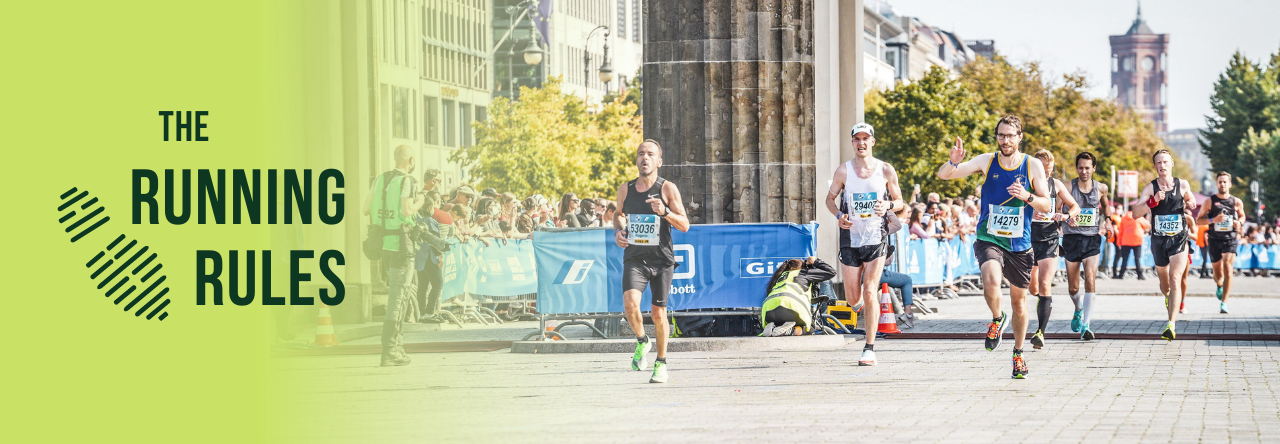How to avoid losing your mojo
Most of us know our PB times. They’re etched in the memory banks eagerly waiting to be overwritten by new ones. We probably know roughly what pace we ran to get those results. And those paces are almost always a little scary. How did we manage to run that fast for that long?
We forget that those are by definition personal bests. We forget that we can’t be at our best all the time even when we’re improving in general. We forget about outside factors such as weather or terrain. We forget that we aren’t machines.
At a recent interval training session, I asked everyone how they would track their intensity for the session. Almost all said they would monitor their pace. It didn’t surprise me that pace was the majority answer but the extent of the majority was surprising. Maybe it shouldn’t be.
There is nothing wrong with monitoring pace sometimes, especially in a race where we have a target. After all, pace is what determines the result we end up with. Nobody ever posted up a comment on Strava boasting about a new low average heart rate for a 10k race.
The problem is when we obsess over pace all the time. On easy runs it can stop us running easy enough. We don’t get the full benefits of a recovery run that we should. It can lead to feeling burnt out from too much mileage at too high an intensity.
On harder sessions, tracking pace can really knock our confidence when we can’t quite hit the pace we are aiming for. We spend the whole session nervously glancing at the watch and thinking ‘I’m not getting this, I can’t do this’. We’re not focusing on good running form and consistent effort.
Quite some time ago I moved to tracking heart rate in training. Heart rate monitoring is not without some flaws and does require some experimentation to get right but it can really help you hone in on your actual effort level.
It flips the mindset of an easy run on its head. Instead of trying to hit a certain pace and feeling like something is wrong if you fall short, the emphasis is on staying under a target heart rate. Pace becomes irrelevant. You run slow enough to achieve an easy pace for you that day.
Harder sessions are similar. Instead of beating yourself up that you didn’t hit the right pace, you know that you put in the required effort for that session. In fact, you may even exceed your pace expectation by targeting heart rate instead.
The main problem with monitoring heart rate is that whilst general guidelines can be given which are useful as a starting point, every individual is different so ‘heart rate zones’ will differ. This is where a third metric, ‘relative perceived effort’ (RPE), can help.
RPE requires you to give an honest assessment of the effort you feel you are putting in. You score your effort out of 10. You can make up your own scale but I suggest up to 4 as easy, 5-7 as steady to tempo and 8-10 as threshold up to an all out sprint.
By combining and monitoring pace, heart rate and RPE, you can build up a far more complete picture of how you are performing and in turn improve your confidence in your training and progression.
In the next article, I’ll talk about how to track heart rate and RPE but for now please think about your own training. Do you solely track pace? Did tracking pace ever leave you dejected? Please let me know at alan@therunningrules.com.

1 Pingback